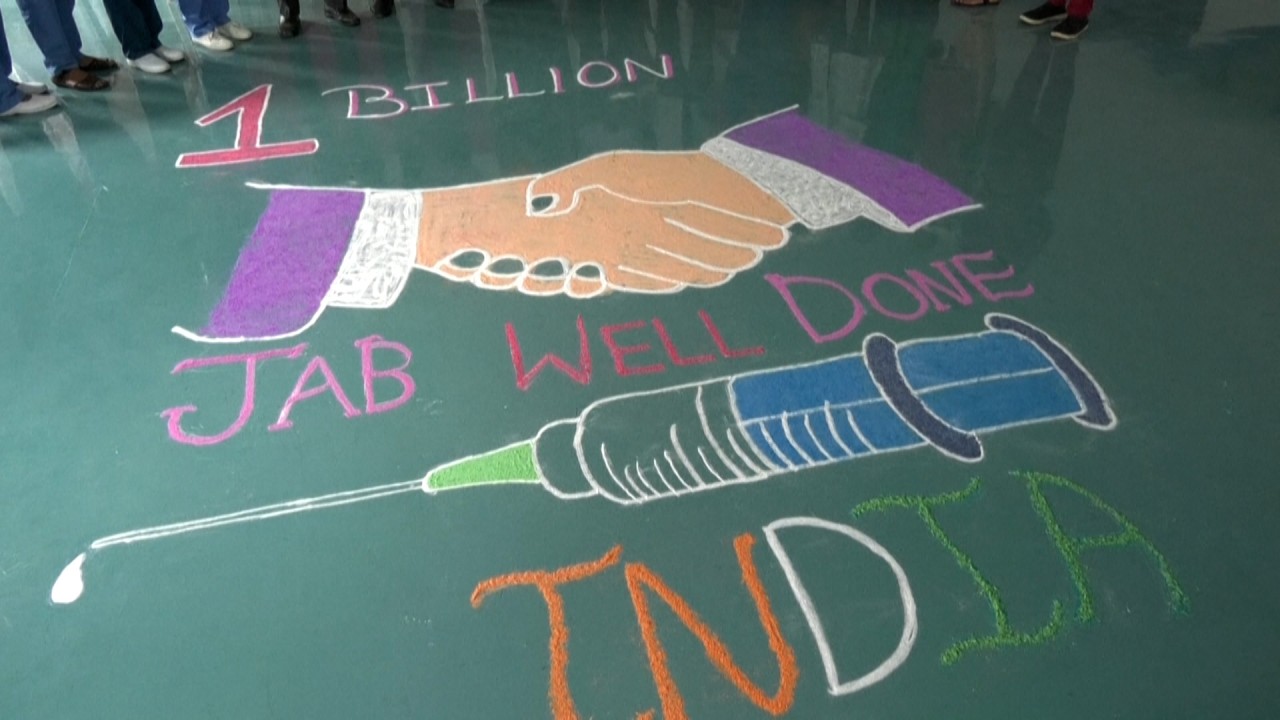Advertisement
Coronavirus: India knocks on doors, ropes in religious leaders as ‘vaccine truants’ hold off on 2nd dose
- Some 103.4 million partially-inoculated Indians are slowing down the country’s bid to fully vaccinate 1 billion people by the end of the year
- With daily cases declining and doctors saying India is unlikely to have a third wave of infections, many people have become complacent, health workers say
Reading Time:3 minutes
Why you can trust SCMP

Amrit Dhillonin New Delhi
Overweight and diabetic, Kavita Menon almost died of coronavirus-related complications in the early days of India’s catastrophic second wave of infections earlier this year.
Advertisement
“One day, my condition was so bad that my husband brought my son and daughter to me at the hospital to say their goodbyes,” she said. “It’s a miracle I survived.”
Menon, 42, works as a part-time maid and her husband as a driver in a newspaper office. Both have received one Covid-19 vaccine dose, but even though the second shot was due around early October, they still have not been fully immunised.
“I don’t want to lose out on a day’s wages by taking time off to go to the vaccination centre,” she said. “Neither does my husband, whose salary was cut recently. And the cases are so low that the virus is no longer so frightening.”

02:14
India administers its 1 billionth Covid-19 vaccine dose despite shortages
India administers its 1 billionth Covid-19 vaccine dose despite shortages
The couple are among more than 103.4 million partially-inoculated Indians who are slowing down the country’s bid to fully vaccinate 1 billion people by the end of the year.
Advertisement

Advertisement